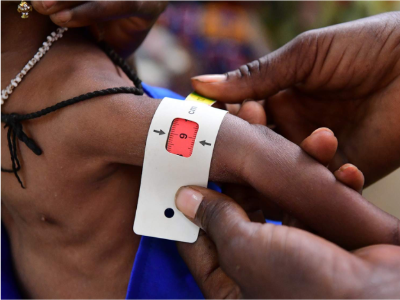Cover image: © UNICEF/UNI394841/Dejongh
The IPC Acute Malnutrition (IPC AMN) classification provides key information for decision makers that focuses on short- to long-term objectives to decrease acute malnutrition. Additionally, together with the IPC Acute Food Insecurity or Cadre Harmonisé classification, the IPC Acute Malnutrition classification also provides information on acute food insecurity, making IPC an inclusive classification system to inform both acute food insecurity and acute malnutrition.This course expands on the content presented in Level 1 - Overview of the Integrated Food Security Phase Classification (IPC)
Learning objectives
By the end of this module, you will be able to:
Describe the analytical approach of the IPC for acute malnutrition through its four functions : building technical consensus, classifying severity and identifying key drivers, communicating for action, and quality assurance.
Explain the protocols of each of these four functions;
Be aware of special protocols for areas with limited or no humanitarian access.
Audience
This module is an advanced-level course aimed at anyone who is interested in refining their skills and knowledge in nutrition cluster coordination in humanitarian contexts, and who needs to lead humanitarian practitioners on this topic.
Length
It should take you about 30 minutes to complete this self-paced course.
Methodology
This course is composed of a single short self-paced animated module, including various examples and activities.
Structure
Introduction
Lesson 1: Recap on key components of an IPC Acute Malnutrition Classification from Level 1
5 mins
Lesson 2: IPC Functions for acute malnutrition (external course)
5 hours
Summary
Suggested prior learning
Overview of the Integrated Food Security Phase Classification (IPC)Contact details
For technical issues, you can contact https://www.nutritioncluster.net/Ask_question
